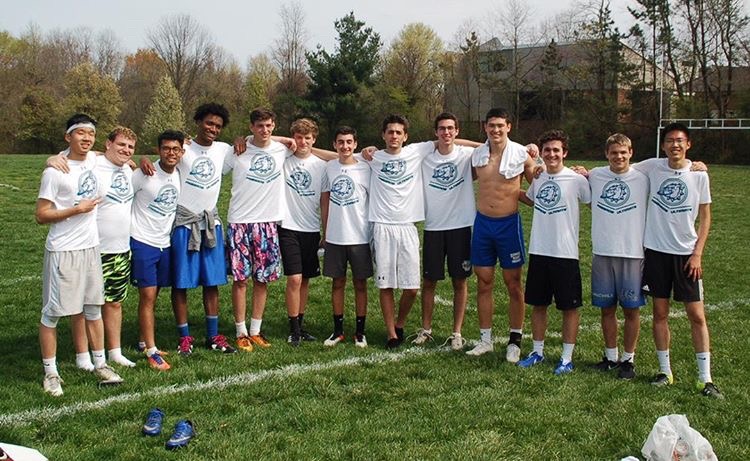WCHS clubs administration should crack down on clubs
The ultimate frisbee team is a club at Churchill that meets semi frequently, although the students bond a lot over their shared love of the sport.
June 5, 2019
There are more than 125 clubs at WCHS, but how many of them actually meet every week? How many of them fundraise? How many of them actually accomplish what they say they will at club night? Clubs at WCHS are known for being constructed as a resume builder, as many students know that the title of club founder and president holds weight with colleges.
Many of the clubs presented at club night disintegrate into once a month Facebook posts and lunch-time meetings with no regular meeting location. Some teachers are consumed with multiple clubs to sponsor, and their classroom space to accommodate meetings is limited. The cycle of creating a club, finding a sponsor, and then not being able to facilitate meetings, creates for a very lackadaisical culture at WCHS regarding club participation.
It is imperative that the school administration starts regulating clubs more closely to hold each club to a certain standard and help them to keep up with the goals that they set in the beginning of the school year. Even by facilitating sponsors, instead of having the students choose their own sponsor, administration could make the entire process run smoother. Certain teachers have too many clubs, while others have none. By keeping close track of the club to teacher ratio, WCHS clubs can be better equipped to work more closely with the faculty.
Furthermore, many clubs start off strong in the beginning of the year, but die down due to the students’ workload or inability to promote their club and their club’s events. Stricter management and continuous checkups during the year can actually help the administration when it comes time for students to submit club proposals. If the students running a club are not meeting their goals and expectations, they should not be granted the club the next year.
Students passionate about a certain topic run into issues when submitting for club approval, as ideas for clubs that students care about tend to overlap. The passionate student’s new club should not get rejected just because there was a club last year that met once about a similar topic. Instead, the original club should get encouraged to help out the students creating the new club and work together to join forces rather than have one claim “dibs” on the idea.
Students that are looking to get involved in clubs as a way of connecting with WCHS can have a hard time accomplishing this, as the inconsistency of clubs here makes it difficult for friendships to form. According to an INSERT abbreviated month and year Today article, it takes about 40-60 hours of time spent together in the first few weeks after meeting for people to form a casual friendship. Clubs that don’t meet often also don’t meet the baseline time for friendships to form. Clubs are useless if students are not more able to get involved with their school and peers.
In addition, calling the annual Club Night at WCHS chaotic would be an understatement. This year, the administration tried to host the event during school lunch in the main gym, but this did not help lessen the crowd or the noise. By putting heavier restrictions on clubs and implementing a more in-depth process to create them, club night would run smoother for everyone. With less clubs there, students could take the time to really look at each one and meet the current members to help them make a more informed decision on which clubs to sign up for.
Clubs at WCHS are a staple for extracurriculars and involvement at the school. However, the lack of management on the administration’s behalf of them make them unruly and unable to fulfill their intended purpose- to create friendships and advocate for good causes. With more restriction, more clubs with a strong motive to help the community can succeed, and those that just want a college application boost can step aside.


